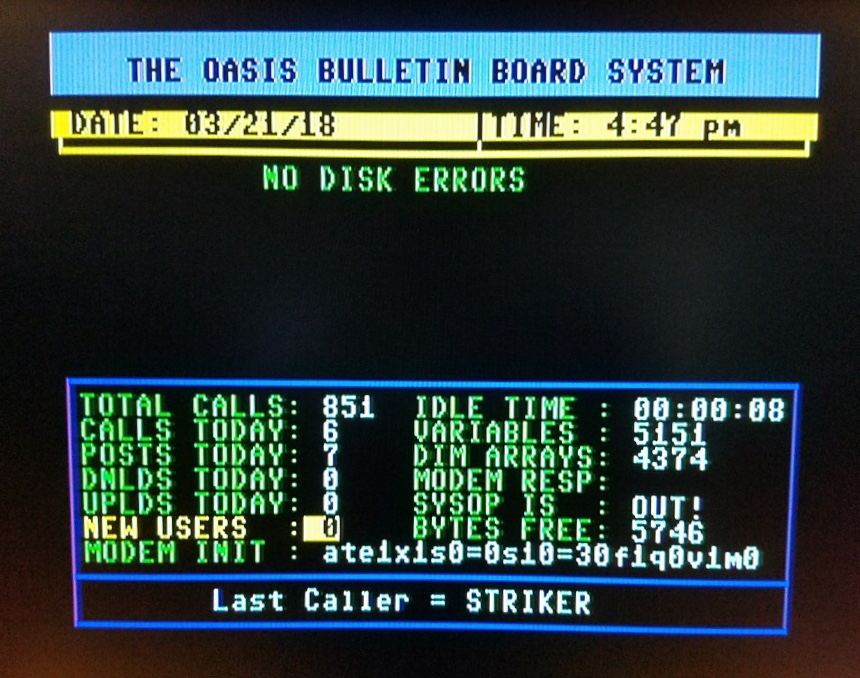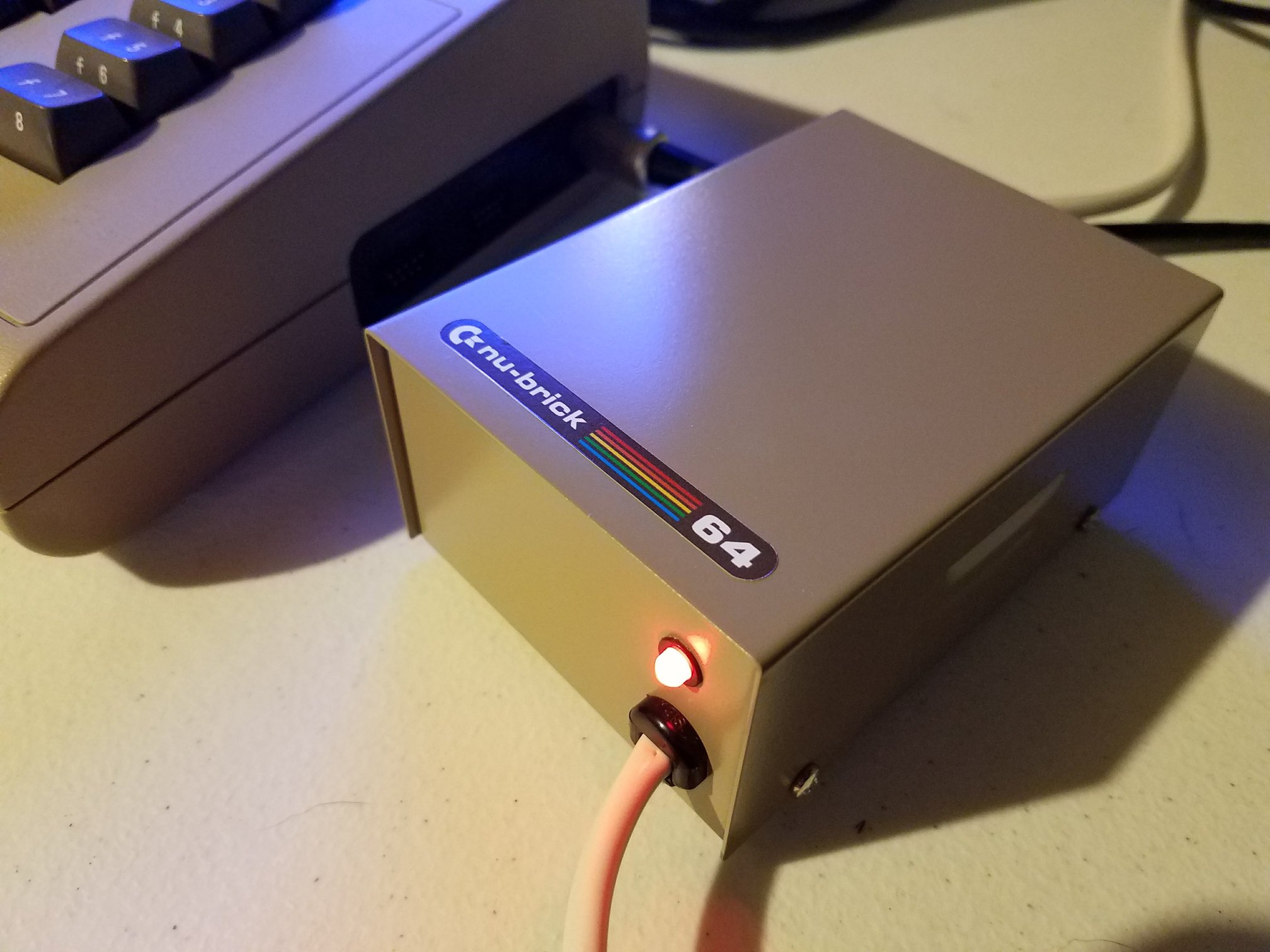Claudio from projectCD.Chronicles introduces his experimental high-level assembler, now available in version 0.1. This project blends assembly-level control with the simplicity of structured code. It supports the Commodore 64, VIC-20, and 128, running identical code across all three systems without changes. That cross-platform ability is an impressive achievement for 8-bit development.
The high-level assembler combines the logic of assembly with the readability of C-like syntax. It includes stack handling, namespaces, and typed variables while keeping direct access to hardware routines. Developers gain structured coding tools without losing precision or performance. Claudio demonstrates several examples running natively on Commodore systems, showing the compiler’s speed and consistency.
Randall Hyde’s work inspired this project. His approach to structured assembly programming influenced Claudio’s design for the 6502 processor. This high-level assembler already supports pointers, math operations, logical expressions, and inline assembly. Each instruction compiles into optimized machine code, saving both time and memory. It shows that structured code can be both compact and fast, even on vintage hardware.
Written in C++23, the compiler builds cleanly on Linux and partly on Windows. To reach more users, Claudio also ported it to WebAssembly through Node.js. That move allows the assembler to run directly online, making testing easier and faster. The full source code, documentation, and sample programs are already available on GitHub for anyone to explore.
Claudio plans several updates. He intends to add full string support, improve array and structure handling, and expand the library of built-in routines. Each new feature will strengthen cross-platform compatibility across the VIC-20, C64, and C128.
The video presentation clearly explains how the compiler works and why it matters for modern retro coders. It highlights a promising step toward simplifying 6502 programming while preserving full hardware control. Anyone interested in structured assembly for classic Commodore systems will find it a fascinating project to follow.







